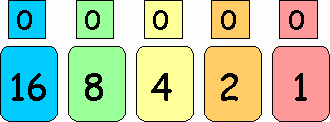My knowledge of an infographic (information graphic) is a representation of information in a graphic format designed to make the data easily understandable at a glance. People use infographics to quickly communicate a message, to simplify the presentation of large amounts of data, to see data patterns and relationships, and to monitor changes in variables over time.
Infographics are found in most public environments, for example, traffic signs, subway maps, tag clouds, musical scores and weather charts.
After completing the task and creating an infographic myself, I can see how that this tool would be excellent when teaching in a classroom. This will get the students attention as it has less writing and more pictures to look at and explain.
This is my infographic that I have created:


